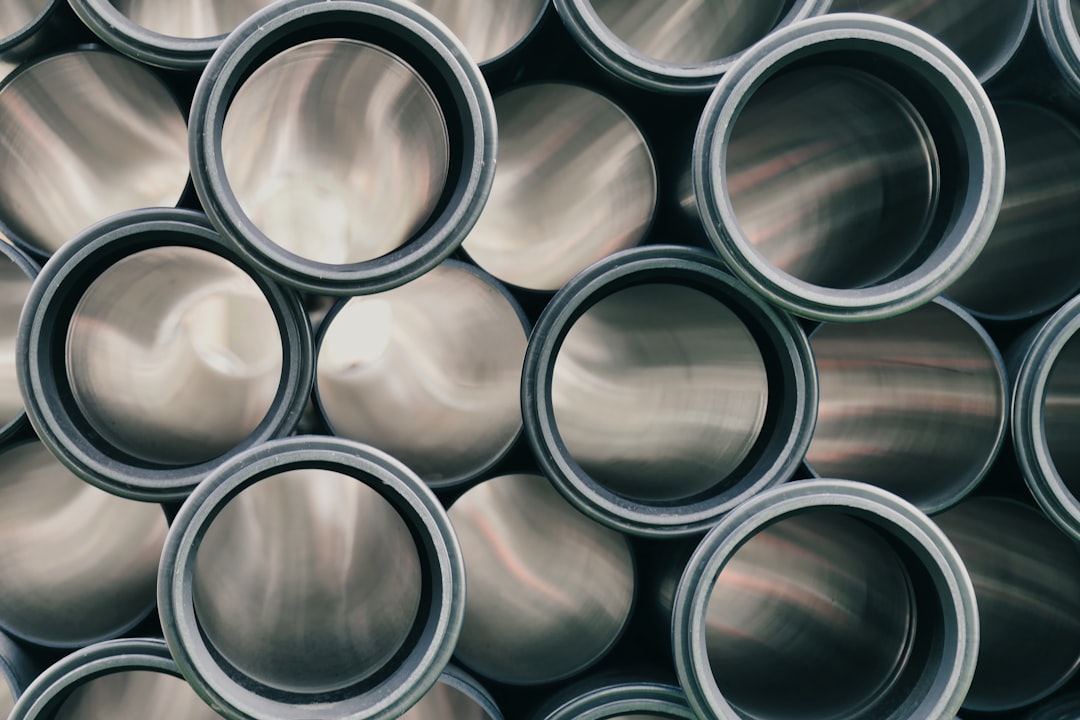In the world of construction, manufacturing, and engineering, the safety and reliability of materials are paramount. Steel, a fundamental building block in countless applications, requires stringent quality control to ensure structural integrity and user safety. This is where CE certification comes in. This comprehensive guide delves into the world of CE-certified steel products, explaining their significance, the certification process, and why choosing certified steel is a critical decision.
What Does CE Certification Mean for Steel Products?
The CE marking (Conformité Européenne) is a mandatory conformity marking for products sold within the European Economic Area (EEA). It indicates that the product meets the essential requirements of relevant European Union (EU) health, safety, and environmental protection legislation. For steel products, this means the manufacturer has demonstrated compliance with harmonized European standards, ensuring the steel’s quality, consistency, and safety. This isn’t just a tick-box exercise; it’s a rigorous process ensuring the steel meets specific mechanical properties, chemical composition, and dimensional tolerances. The absence of CE marking on steel products intended for the EEA market suggests non-compliance with EU regulations, potentially posing significant risks.
The Rigorous Process of CE Certification for Steel
Achieving CE certification for steel products isn’t a simple task. It involves several crucial steps:
- Product Design and Specification: The manufacturer must design the steel product to meet all relevant European standards (EN standards). This includes defining the required mechanical properties (tensile strength, yield strength, elongation), chemical composition, and dimensional accuracy.
- Testing and Verification: Independent testing laboratories accredited by notified bodies conduct rigorous testing to verify that the steel meets the specified requirements. These tests assess mechanical properties, chemical composition, and other relevant parameters.
- Quality Management System (QMS): The manufacturer must implement and maintain a robust QMS, typically ISO 9001 compliant, to ensure consistent production and quality control throughout the manufacturing process. Regular audits verify the effectiveness of the QMS.
- Declaration of Conformity (DoC): Once testing and audits are successfully completed, the manufacturer issues a DoC, a formal declaration stating that the product conforms to the relevant EU directives and standards. This DoC is a crucial part of the certification process.
- CE Marking Application: Finally, the CE marking is affixed to the product, accompanied by the manufacturer’s identification number and other relevant information. This marking serves as a visual confirmation of compliance.
Benefits of Choosing CE-Certified Steel Products
Selecting CE-certified steel offers numerous advantages:
- Enhanced Safety: The most significant benefit is the assurance of safety. CE certification guarantees the steel meets stringent safety requirements, minimizing the risk of structural failure and ensuring the safety of those using the structures or products made from it.
- Improved Quality and Reliability: The certification process ensures consistent quality and reliability. Manufacturers must adhere to specific standards, guaranteeing the steel’s performance and longevity.
- Legal Compliance: Using CE-certified steel ensures compliance with EU regulations, avoiding potential legal issues and penalties.
- Increased Confidence: CE certification provides stakeholders with increased confidence in the quality and safety of the steel products. This is particularly important for large-scale projects where safety is paramount.
- Market Access: CE certification is essential for selling steel products within the EEA market. It facilitates access to a wider customer base and enhances market competitiveness.
Applications of CE-Certified Steel
CE-certified steel finds applications in a vast array of sectors:
- Construction: It is used extensively in building construction, from structural steel frames to reinforcing bars in concrete.
- Manufacturing: It forms the basis of countless manufactured products, including machinery, vehicles, and appliances.
- Infrastructure: It’s a crucial component of bridges, tunnels, and other infrastructure projects.
- Offshore and Maritime: It plays a vital role in the construction of offshore platforms and ships.
- Automotive: High-strength, CE-certified steel is increasingly used in the automotive industry to improve vehicle safety and fuel efficiency.
Identifying Genuine CE Certification
It’s crucial to be able to identify genuine CE markings. A fraudulent CE marking can compromise safety and legal compliance. Look for the following:
- Correct CE Marking: The CE marking should be clearly visible and correctly formatted. Poorly printed or altered markings should raise suspicion.
- Manufacturer’s Identification Number: The manufacturer’s identification number should be clearly stated alongside the CE marking. This allows traceability to the manufacturer and their declaration of conformity.
- Notified Body Number (if applicable): Some products require involvement from a notified body. If applicable, the notified body’s identification number should be present.
- Verification of the Manufacturer: Contact the manufacturer directly to verify the authenticity of the CE marking and the declaration of conformity.
- Documentation Review: Request relevant documentation, including the declaration of conformity, test reports, and quality management system certificates, to verify compliance.
Choosing CE-certified steel is not merely a matter of compliance; it’s an investment in safety, quality, and reliability. By understanding the significance of CE certification and the rigorous process involved, you can make informed decisions that prioritize safety and ensure the long-term success of your projects.




